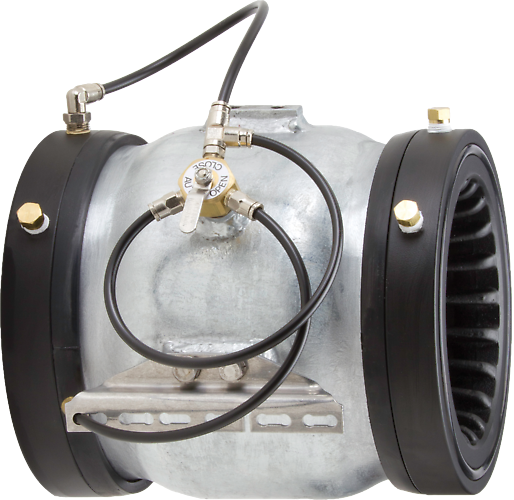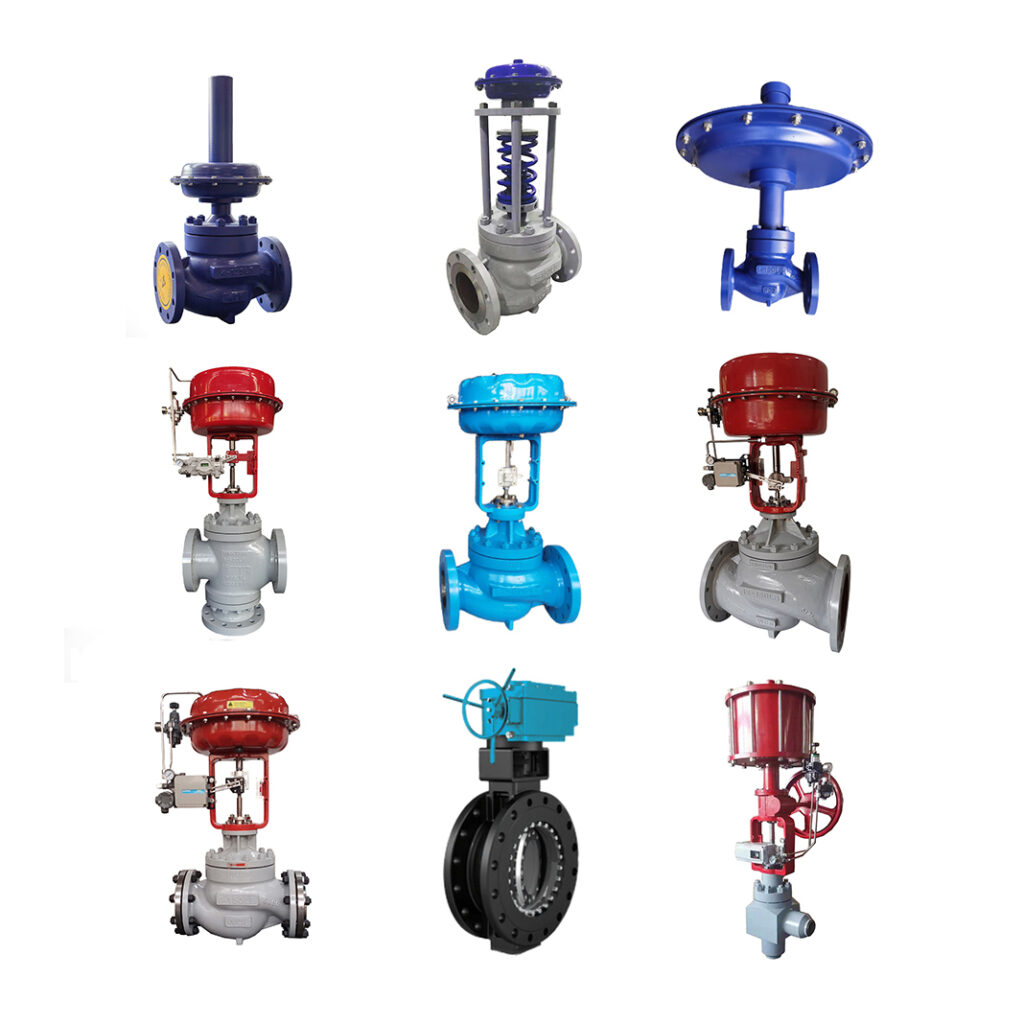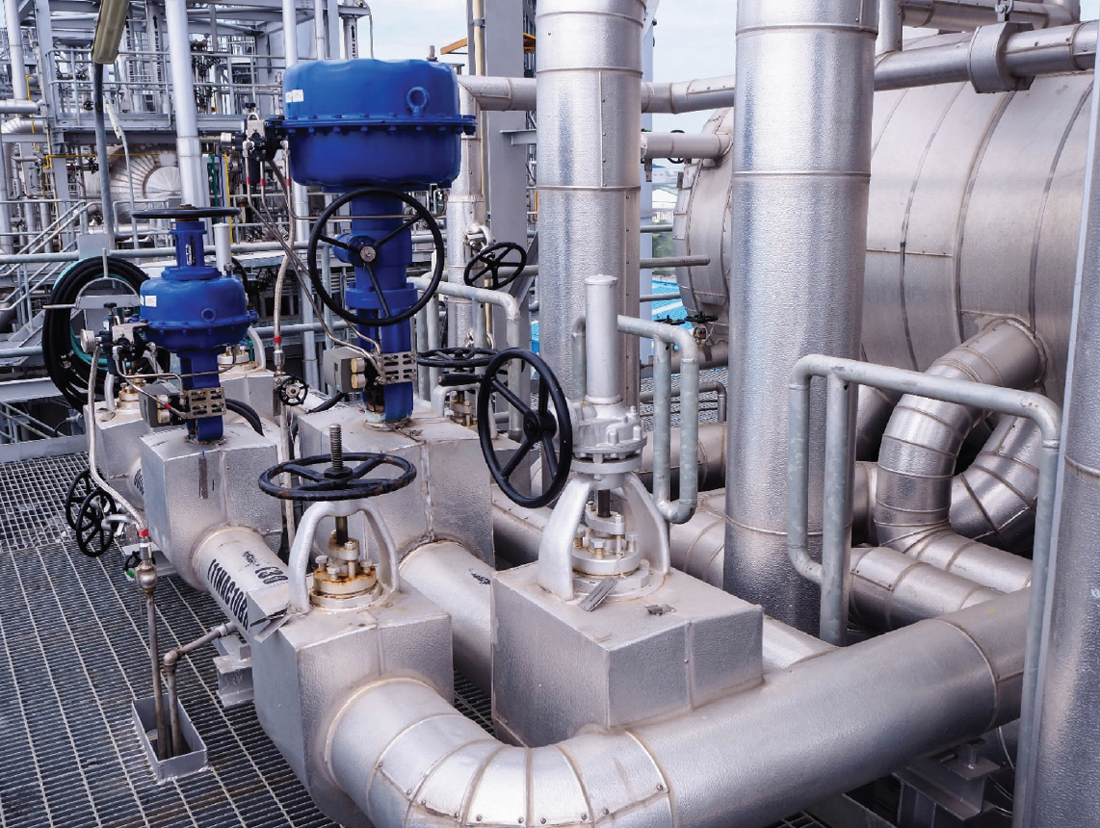Discovering the Performance of Modern Control Valves in Industrial Applications
Discovering the Performance of Modern Control Valves in Industrial Applications
Blog Article
Achieve Seamless Integration and Control With Top Quality Building Automation Controls
In the realm of contemporary building monitoring, the significance of top quality building automation controls can not be overemphasized. As innovation remains to development, the integration and control of numerous systems within a building have developed to be a lot more reliable and advanced. The smooth operation and tracking of lights, A/C, security, and other structure functions have come to be critical for boosting occupant comfort, power efficiency, and general operational performance. Nonetheless, the journey towards attaining true assimilation and control is a diverse one, with factors to consider ranging from system compatibility to cybersecurity. Welcoming high quality building automation controls is not merely a matter of ease but a tactical important for companies intending to maximize their facilities' efficiency and sustainability.

Evolution of Structure Automation Controls
Throughout the previous few years, the advancement of developing automation controls has actually considerably transformed the means structures are managed and run. Constructing automation systems largely focused on standard features such as controlling ventilation, home heating, and air conditioning (HEATING AND COOLING) systems. As modern technology advanced, these controls have actually ended up being a lot more advanced, allowing for a larger array of building systems to be integrated and managed centrally.
The advancement of building automation controls has actually seen a change towards more smart systems that can adapt to transforming conditions in real-time. This adaptability is critical for maximizing power performance and ensuring passenger convenience. In addition, modern-day building automation controls now supply attributes such as anticipating upkeep, remote monitoring, and data analytics, making it possible for facility managers to make data-driven decisions to enhance structure efficiency.

Advantages of Quality Integration
The improvement in structure automation regulates in the direction of more smart systems has actually emphasized the substantial advantages of top quality combination in enhancing building operations and enhancing overall efficiency. Quality integration of building automation controls uses numerous vital advantages. First of all, it leads to improved energy performance by permitting various systems to collaborate effortlessly, making certain optimum efficiency and minimizing energy waste. Secondly, quality integration improves occupant convenience and productivity by making it possible for individualized control over environmental setups like air, temperature level, and lighting top quality. This personalization can result in an extra helpful and comfortable working or living atmosphere. In addition, high quality assimilation simplifies maintenance and repairing processes, as all systems are interconnected and can be kept an eye on and managed from a central interface. This centralized control also offers better visibility and insights into building performance, allowing aggressive maintenance and optimization strategies. On the whole, the benefits of top quality combination in structure automation controls are obvious, offering increased efficiency, comfort, and functional performance.
Boosted Individual Experience and Availability
Enhancing user communication with building automation manages through user-friendly design and boosted access raises the overall experience for owners and center managers alike. By focusing on individual experience, building automation systems can come to be much more reliable and easy to use. User-friendly user interfaces, clear navigation, and personalized setups equip customers to connect with the controls easily and effectively.
Availability functions play an essential duty in making certain that all people, consisting of those with specials needs, can use the structure automation controls easily. Integrating attributes such as voice commands, responsive switches, and color-contrasted displays can improve availability and make the controls more inclusive.
Additionally, boosted user experience brings about greater customer fulfillment, increased efficiency, and better decision-making. Occupants can adjust environmental settings according to their preferences, while facility managers can effectively handle and check building systems - control valves. Overall, prioritizing individual experience and ease of access in structure automation controls contributes to an extra smooth and effective structure environment for all stakeholders included
Lasting Practices With Automation

Moreover, automation can promote the integration of renewable resource resources such as solar panels or wind turbines into building operations. By automatically adjusting energy use based on the availability of renewable resource, buildings can even more reduce their dependence on non-renewable resources. visit this site This smooth combination of sustainable methods not just benefits the environment however also improves the total operational performance Click This Link and cost-effectiveness of the structure. With automation, buildings can line up with modern-day sustainability goals and add to a greener future.
Future Trends in Building Control Systems
In expectancy of progressing and advancing modern technologies sustainability practices, the trajectory of building control systems is poised to welcome innovative solutions and transformative techniques. One noticeable pattern forming the future of structure control systems is the enhanced integration of Artificial Intelligence (AI) and equipment knowing. These technologies make it possible for buildings to adjust in real-time to changing conditions, maximizing energy intake and enhancing convenience for owners. Furthermore, the Internet of Things (IoT) is transforming structure control systems by attaching sensing units and tools to improve and simplify procedures effectiveness.
One more crucial fad is the focus on cybersecurity measures to safeguard against prospective dangers to developing automation systems. As structures come to be a lot more interconnected, guaranteeing robust cybersecurity protocols will certainly be important to protect sensitive information and avoid unauthorized gain access to.
Additionally, the shift towards cloud-based platforms is getting energy, enabling for streamlined control and remote access to building systems. This facilitates easier monitoring, upkeep, and updates, improving the general performance and flexibility of building control systems. As innovation remains to breakthrough, these fads are expected to shape the future landscape of building automation controls, driving development and sustainability in the built environment.
Conclusion
Finally, developing automation controls have evolved significantly, using various benefits such as boosted individual experience, access, and lasting practices. Quality assimilation plays a vital duty in accomplishing seamless control and reliable procedure of structure systems. Future fads in building control systems are likely to concentrate visite site on further improving automation capabilities for enhanced power efficiency and general performance. It is vital for structure owners and operators to focus on the adoption of quality structure automation regulates to optimize structure procedures and achieve long-lasting sustainability objectives.
In the realm of contemporary building administration, the value of quality building automation controls can not be overemphasized. On the whole, the evolution of building automation controls continues to drive development in the building administration sector, providing brand-new opportunities for developing smarter and a lot more sustainable buildings.
The improvement in structure automation regulates towards more intelligent systems has actually emphasized the substantial advantages of top quality assimilation in maximizing structure procedures and improving general efficiency. In general, focusing on customer experience and accessibility in building automation controls adds to an extra productive and smooth building environment for all stakeholders involved.
It is essential for building proprietors and operators to prioritize the fostering of top quality building automation controls to maximize structure operations and attain long-lasting sustainability goals. - control valves
Report this page